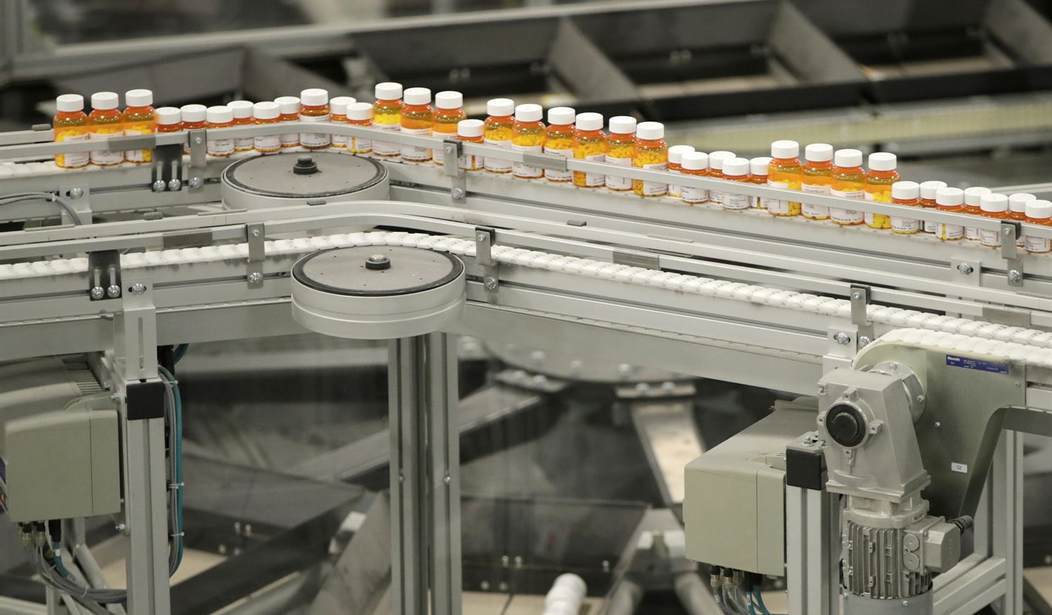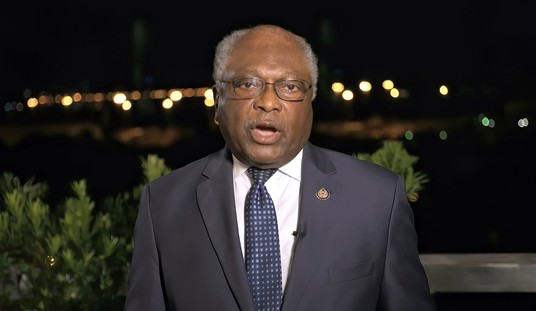Election season is here. And voters worry about prescription drug costs more than almost any other issue. Sixty-five percent of Iowans and 60 percent of Granite Staters expressed concerns about high prescription prices in a recent Morning Consult poll.
Politicians typically blame drug companies for soaring pharmacy prices. But a new report shows that insurers, pharmacies, and other middlemen are the real driving force behind rising drug spending.
These groups are incentivized to push for high sticker prices, as they're often able to keep the rebates and discounts they negotiate. Until political leaders address this perverse incentive, America's sickest patients will continue struggling to afford their medicines.
Americans spent almost $440 billion on brand-name drugs in 2018, up from around $269 billion in 2013. That's a 64 percent increase.
But those extra billions didn't all, or even mostly, flow to research companies or their shareholders. In fact, the share of spending on branded medicines that ended up in drug companies' coffers dropped by 12.5 percentage points between 2013 and 2018, according to that new report, which comes from Berkeley Research Group.
So where is the money going? To other entities in the pharmaceutical supply chain.
Insurers take a big chunk. Another portion flows to pharmacy benefit managers, the companies hired by insurers to design and administer their drug benefits. Together, these and other third-party groups pocket about half of all brand-name spending.
Here's how the process usually works. PBMs decide which drugs an insurance plan will -- and won't -- cover. This negotiating leverage enables them to extract hefty discounts from drug makers. Pharmaceutical companies offered up $166 billion in rebates and discounts in 2018.
Recommended
Patients rarely receive these rebates, at least not directly. PBMs pocket a small share of the rebates, and pass the rest along to the insurers that hired them. Insurers use these savings to offer cheaper monthly premiums to all beneficiaries.
Lower premiums are a good thing, of course. But spread across tens of millions of people, these massive discounts only translate into a few dollars per beneficiary per month.
That's little help to patients with chronic conditions, many of whom rely on multiple prescriptions to stay healthy. In addition to their monthly premiums, these patients owe a co-pay or co-insurance fee every time they pick up or refill a prescription. And insurers base these cost-sharing payments on a drug's inflated sticker price, not the heavily discounted price secured by PBMs.
In other words, the status quo burdens the sickest patients with high out-of-pocket costs while slightly reducing monthly premiums for healthier beneficiaries. That's the exact opposite of how insurance is supposed to work.
This arrangement isn't just unfair -- it's also counterproductive. Close to half of Americans in fair or poor health struggle to afford their medicines. Roughly three in 10 don't take their medicines as prescribed for financial reasons.
When patients skip doses or abandon their prescriptions, they get sicker and often require expensive medical interventions. Prescription non-adherence costs the American healthcare system almost $300 billion annually and potentially contributes to 125,000 deaths each year.
That needs to change. If insurers and PBMs passed along all rebates to patients through lower co-pays and co-insurance, rather than lower premiums, individuals with diabetes could save $3.7 billion each year on insulin alone. That's close to $800 per patient.
Lawmakers from both parties want to reduce patients' pharmacy bills. But most proposals under consideration ignore our flawed insurance system. It's time for Washington to turn its attention to the real source of high drug costs.

























Join the conversation as a VIP Member